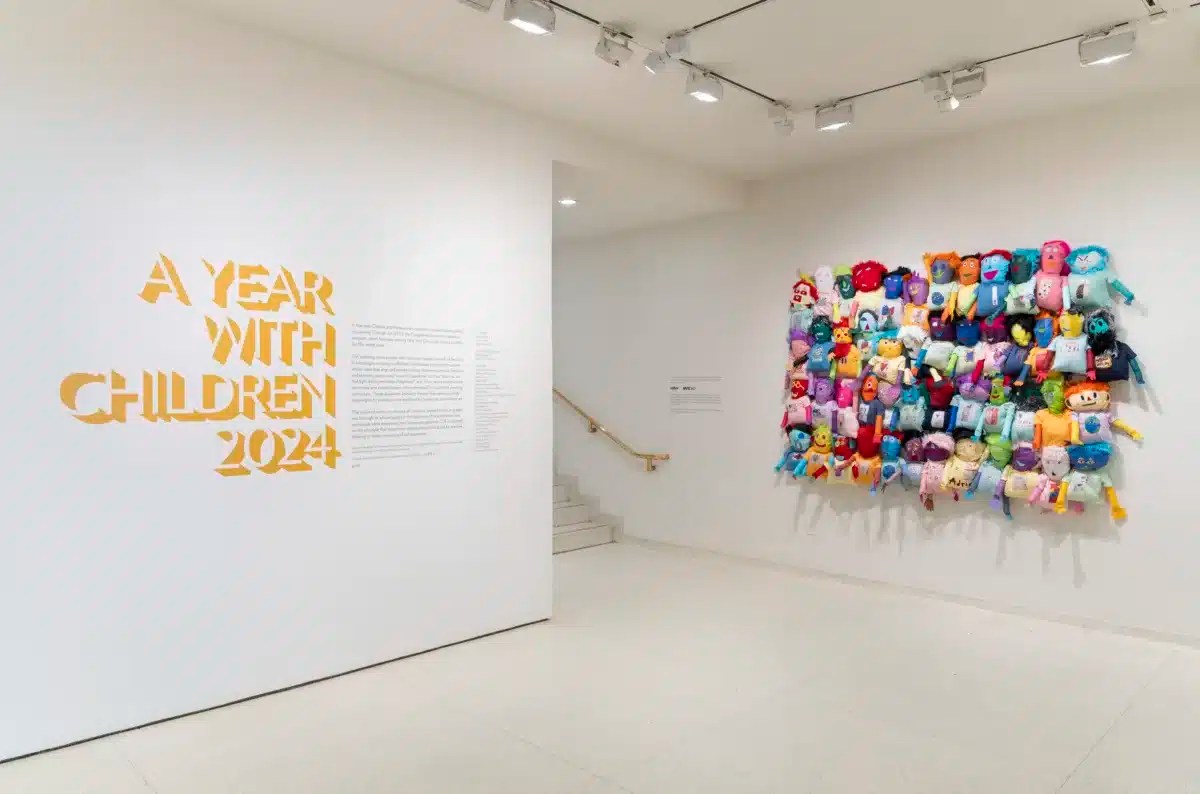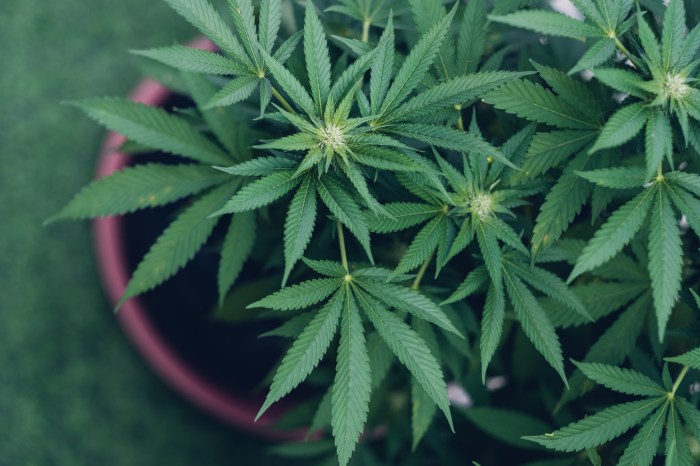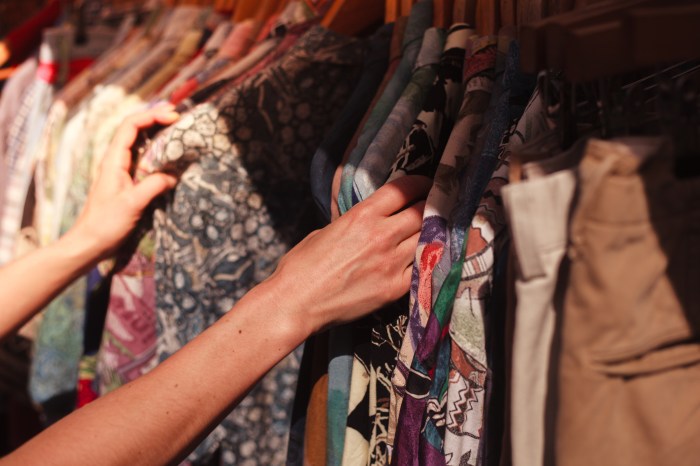You can’t trust your senses at the Cooper Hewitt, Smithsonian Design Museum.
Listening to music, you’ll feel and see the beats. Running your hand along a wall of fake fur gives you the ability to play a string instrument. A water fountain is actually running feathers and a seemingly normal chair makes you feel like you are “falling backward into a tub of Jell-O.”
A new exhibit called “The Senses: Design Beyond Vision,” uses innovative technologies and the rest of your senses to change your experience of the world around you.
These strange sensations are odd to those of us who have all of our senses, but they could mean the world of difference to those who don’t, according to the museum.
The works, done by more than 65 designers, are meant to show how designing with the senses in mind could help solve problems and enhance life for everyone, including those with disabilities.
For example, one design includes a 3-D map of the Smithsonian Museum in D.C. that talks when it is touched. If other maps like this were created, those who are blind could more easily access where they want to go.
There are a wealth of important, real-world ideas on display, from inventive tactile mapping prototypes to seemingly simple chairs designed to increase student concentration to color-enhanced bathroom designs and tableware to help ease the debilitating affects of dementia and Alzheimer’s.
Even the exhibit itself has been outfitted to make it more accessible.
“‘The Senses’ shares [designers’] discoveries and invites personal revelation of the extraordinary capacity of the senses to inform and delight,” said Caroline Baumann, Cooper Hewitt’s director. “Within the inclusive environment created for the exhibition, there will be over 40 touchable objects, as well as services, such as audio and visual descriptions of the works on view, to ensure the exhibition will be welcoming to visitors of all abilities.”
The exhibit is almost like walking into Willy Wonka’s chocolate factory with strange items like a digital animation that translates bird songs into bursts of color and motion, a light installation that changes from cool to warm in response to movement, a slew of blue fuzzy balls that hang from the ceiling that play music to a scent inspired by winter and scents that you can release to experience a certain emotional state — it’s an amalgam of the practical and the whimsical.
Senior curator of contemporary design Ellen Lupton, who organized the exhibit over the past two years with assistant curator Andrea Lipps, said that duality was important to them.
“We really wanted it to have both,” Lupton told amNewYork. “To have the kind of purely fun aspect, and you bring your family, or just have a great time. But also to really think about how important this stuff is.”
It all makes for a fun bit of sensory overload, much better than a crowded, ripe, rickety summer subway ride. Although in a little wink to the fact that lots of city visitors will be putting their grubby mitts all over the exhibit, the first design on display is merely a bottle of highfalutin hand sanitizer.
On April 18, the designers and scientists behind the exhibit will give a hands-on look at some of the works, including an activity with confectionary expert Jonathan Grahm and designer Bruno Mesz, who will show you the connection between taste and music. RSVP at cooperhewitt.org.

















